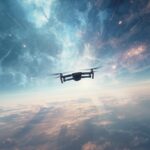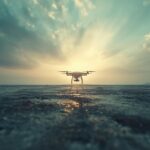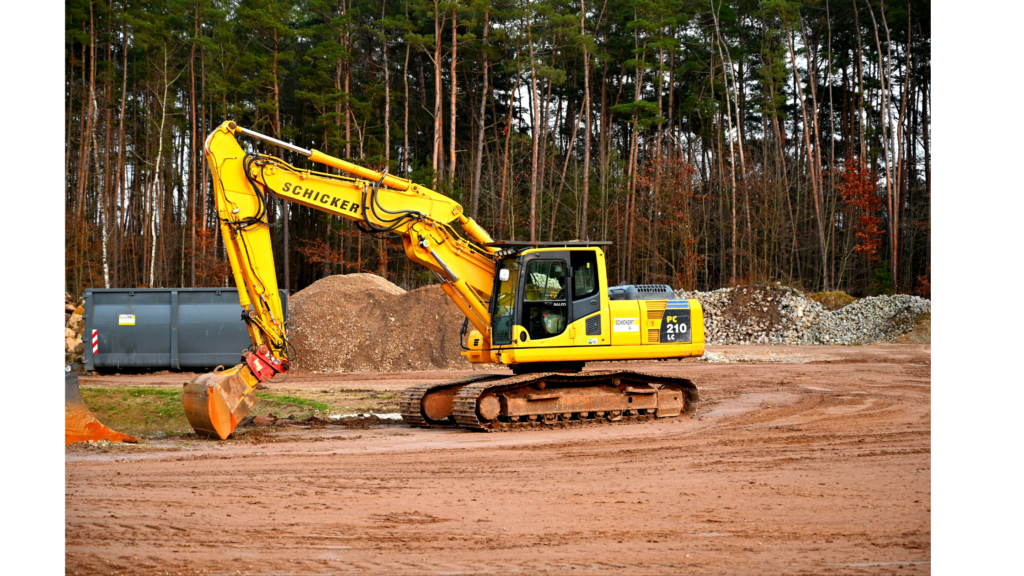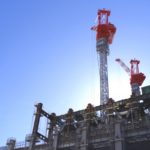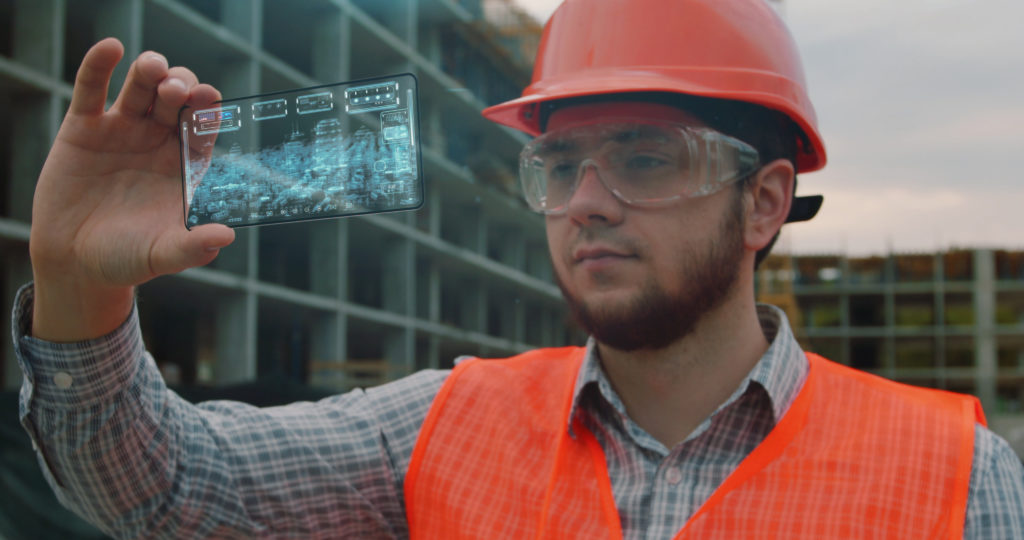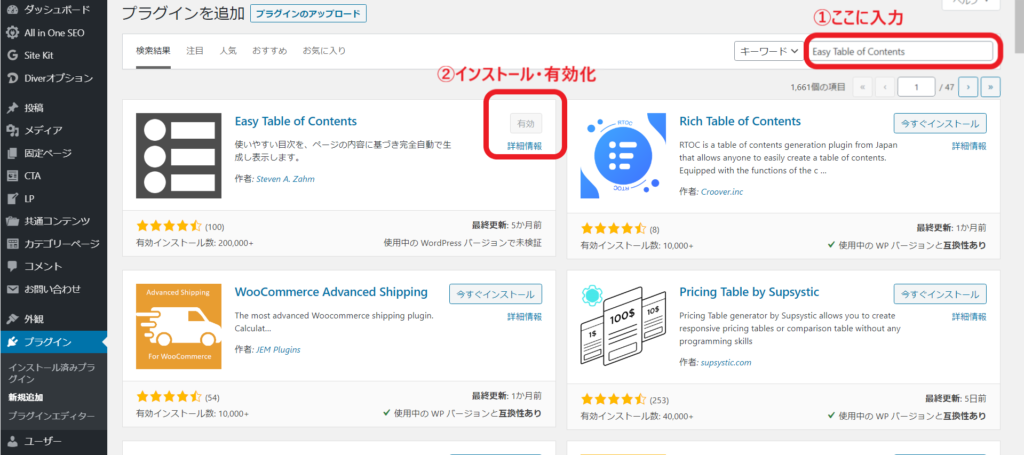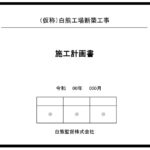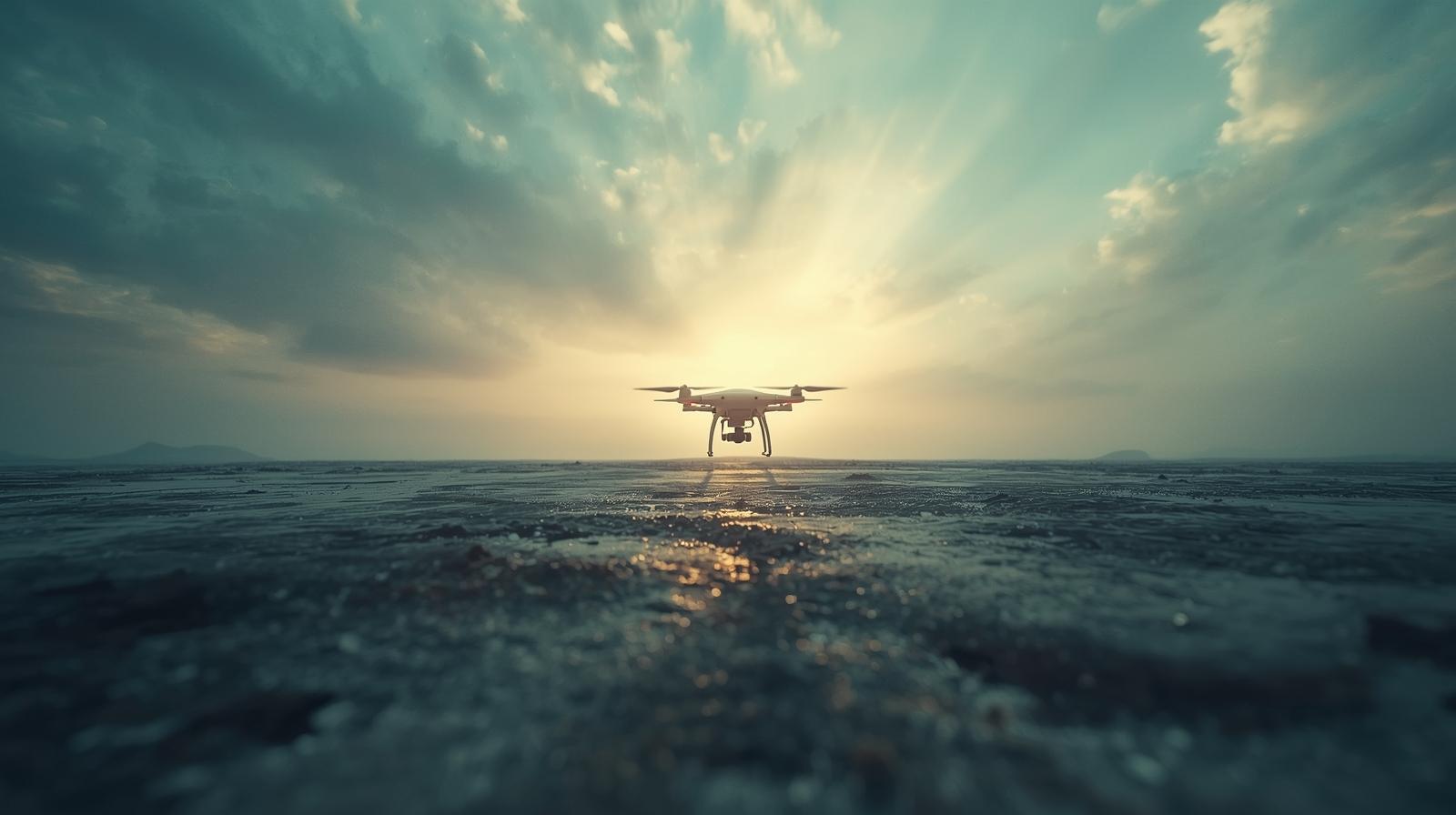
Hi I'm Shirokuma kantoku.
This section is.
Drones have moved from novelty to necessity on Japanese construction sites.
By delivering rapid aerial surveys, precise progress tracking, and safer inspections, unmanned aerial vehicles (UAVs) are streamlining workflows and cutting costs.
Here are five real-world Japanese use cases and three future applications to watch.
table of contents
1. Indoor Progress Monitoring with Skydio and Obayashi
In Tokyo, NTT Communications partnered with Obayashi Corporation to deploy Skydio 2+ drones and Skydio Dock systems for indoor construction monitoring.
Over three months, 56 autonomous patrols slashed inspection time from one hour to ten minutes.
The drones handled automatic takeoff, landing, and battery recharging, sending live high-resolution video to remote managers.
This confined-space application eliminated repetitive site walks and enhanced worker safety.
This technology eliminates the need for specific operations to fly the drone by managing flight times and schedules through initial condition settings.
2. Earthwork Volume Measurement by Daiwa House
Daiwa House Industry uses DJI Phantom 4 RTK quadcopters to measure cut-and-fill volumes on large housing sites outside Osaka.
By capturing overlapping geotagged images, they generate centimeter-accurate digital elevation models in under an hour.
Compared to traditional ground crews, these drone surveys reduce field time by over 70% while maintaining strict accuracy requirements for material ordering and budgeting.
We use drone point cloud data to survey things that are difficult to measure in person.
3. LiDAR Mapping for High-Rise Construction at Shimizu
Shimizu Corporation integrates DJI Matrice 300 RTK drones equipped with LiDAR and RGB cameras to map multi-story building exteriors in Yokohama.
The LiDAR payload penetrates scaffolding to create 3D models of structural elements, enabling rapid clash detection and facade quality checks.
Weekly scans feed directly into the BIM (building information modeling) platform, supporting real-time coordination between architects, engineers, and site supervisors.
4. Bridge Inspection by Kajima on the Seto Inland Sea
Kajima Corporation partnered with WingtraOne VTOL drones for routine bridge inspections over the Seto Inland Sea.
The hybrid fixed-wing craft flies extended missions along pylons and cables, capturing high-resolution imagery for corrosion analysis.
Automated flight plans ensure repeatable data collection, allowing engineers to compare year-over-year changes without manual rope access, significantly improving both safety and inspection frequency.
5. Tunnel Structural Health Checks for MLIT
The Ministry of Land, Infrastructure, Transport and Tourism (MLIT) conducts periodic tunnel inspections with Sony Airpeak S1 drones in Hokkaido.
Equipped with thermal and optical cameras, the drones autonomously navigate narrow tunnel corridors to detect cracks, water seepage, and equipment misalignment.
Live thermal readings highlight hidden moisture issues before they compromise tunnel integrity, reducing maintenance costs and minimizing traffic disruptions.
Future Drone Applications in Japanese Construction
- Digital Twin Integration
Linking real-time drone scans with cloud-based BIM platforms will enable immersive digital twins, allowing stakeholders to virtually tour evolving sites and simulate construction sequences. - Swarm-Based Materials Delivery
Coordinated micro-drone swarms could shuttle small components—bolts, sensors, safety gear—directly to workers, reducing dependency on ground vehicles and expediting assembly tasks. - Autonomous Safety Monitoring
AI-powered drones fitted with thermal, gas, and particulate sensors can patrol for hotspots, gas leaks, or dust levels, sending immediate alerts to safety managers and preventing accidents.
Summary of Japanese Construction Drone Use Cases
| Use Case | Company | Drone Model | Purpose |
|---|---|---|---|
| Indoor Progress Monitoring | NTT & Obayashi | Skydio 2+ & Dock | Autonomous indoor patrols |
| Earthwork Volume Measurement | Daiwa House Industry | DJI Phantom 4 RTK | 3D elevation modeling |
| LiDAR Mapping for High-Rises | Shimizu Corporation | Matrice 300 RTK | Structural 3D scanning |
| Bridge Inspection | Kajima Corporation | WingtraOne VTOL | Cable and pylon corrosion checks |
| Tunnel Structural Health Checks | MLIT | Sony Airpeak S1 | Thermal and optical inspections |
Drones are swiftly becoming integral to Japan’s construction ecosystem. As technology advances and regulations evolve, expect even deeper integration of UAVs into site logistics, safety, and quality assurance.
If you’re exploring drones for your next project, consider regulatory requirements under Japan’s revised Civil Aeronautics Act, pilot certification pathways, and data management best practices.
These insights will help ensure smooth adoption and maximize the transformative benefits of UAVs on-site.

